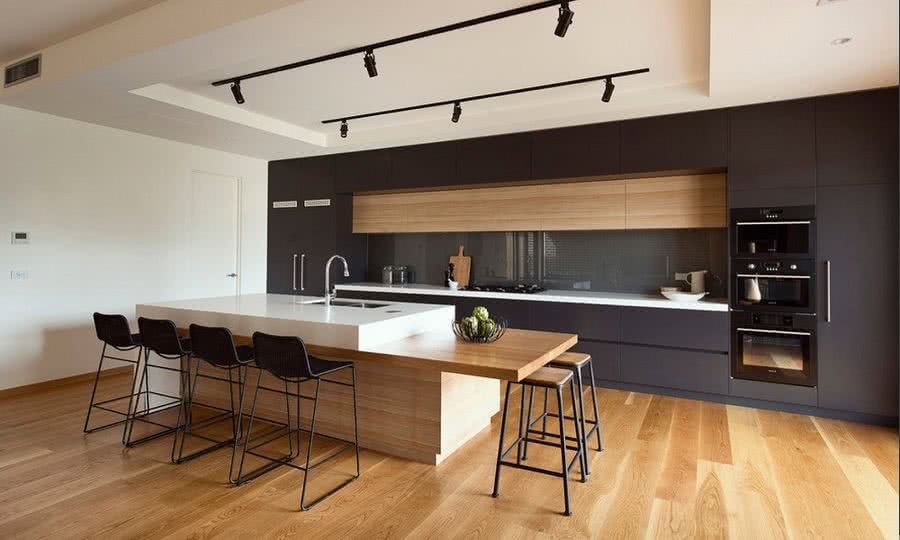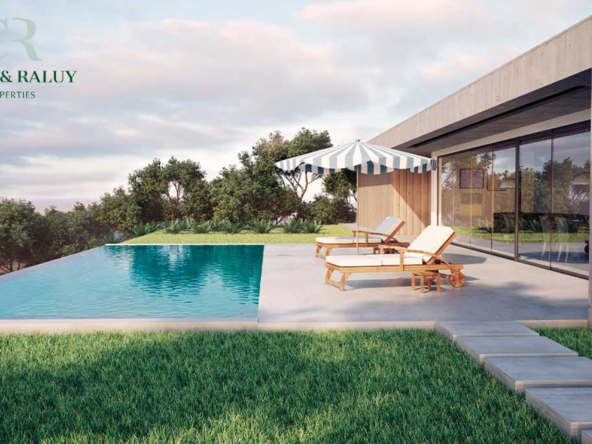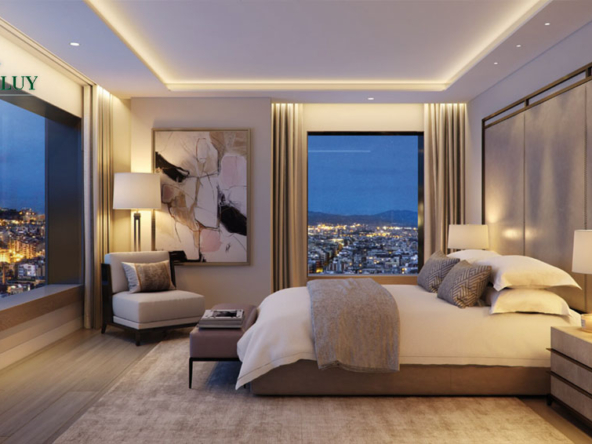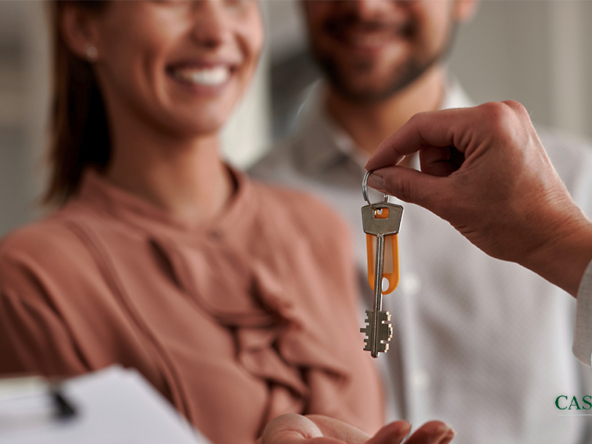The situation caused by the pandemic has led to a great change in our daily lives. Our homes have become places of constant coexistence, where we also combine work, study and leisure, which has made us understand the importance of the spaces in which we live and that they directly influence us in all the senses and, in the In most cases, they are not tailored to meet our key needs. This change has been reflected in architecture, and has come to establish itself in our society, contemplating possible future situations.
Consequently, professionals in the sector must adapt their designs to the post-pandemic reality from a double point of view. On the one hand, innovative projects that incorporate or take into account current shortcomings, for example, adding more outdoor spaces, good orientation, a greater sense of space, more thermal, acoustic or environmental comfort, greater security, more sustainable and respectful projects with the environment… And, on the other, existing buildings, buildings and infrastructures that are reused or readapted to the current situation to provide them, as far as possible, with greater comfort, flexibility and health in all senses.
The health crisis has implied, it is a starting point to reflect on new ways of improving the lives of people in their homes through architecture, construction or interior design, adjusting to the social changes of the moment and leaving behind deficiencies that impede their development. Sto, a German company based in Spain specialized in the manufacture of construction materials and systems, in its continuous interaction with construction companies, architects, engineers and designers, has identified the main changes and trends that will mark residential architecture in 2021.
Rehabilitations and reforms with greater environmental awareness
Over all these months, the oldest homes have made clear their great deficiencies in terms of comfort, habitability, accessibility, energy consumption or structural safety, which will lead most of their owners to consider different rehabilitation actions that allow them to adapt their real estate to current requirements and needs.
In this sense, the sustainable option will be one of the main bets, both due to the different economic aids or facilities currently offered by the administrations, and due to the advantages offered by this type of rehabilitation: greater durability against the damage caused by the passage of time, less energy demand and waste consumption, more comfort and health, revaluation of the property, etc.
This will make actions such as: improvement of the thermal insulation of walls, floors and ceilings, substitution of carpentry for more efficient ones, application of natural punctures, updating of plumbing pipes and installation of water saving solutions, integration of renewable energy at home…
The new construction: much more proactive in staying ahead of the legislation by applying standards such as the Passivhaus
Current legislation on construction guides new buildings towards energy efficiency, and towards health, comfort and safety in interior spaces. This fact will lead to professionals in the sector and even the owners themselves wanting to go ahead of what the new CTE (Technical Building Code) marks and commit to more demanding standards such as Passivhaus, which in recent years has been gaining presence in Spain, where it already has 168 projects of this type, according to data from the Passivhaus Building Platform.
More flexible, multifunctional and bright homes
Mobility restrictions have turned the home into a space where more time is spent in the company of the family. The demand for extra rooms to transform into an office where you can work remotely, in a study to study distance learning, in a place where you can cultivate hobbies, or in a small gym where you can practice yoga or fitness at home will mark the design of the home .
Similarly, the open concept, already entrenched in the United States and in some European countries, will take on much more weight due to the need to gain a sense of spaciousness and achieve better fluidity between spaces and use of them.
Likewise, ways will also be sought to achieve a greater connection between the interior and exterior of the home: large windows with the appropriate orientation (south), zenithal, roof windows, balconies, sun terraces, gardens… Natural light is the regulator of metabolic systems and has been shown to contribute to emotional health, which has made it a must-have item now that we spend more time at home.
On the other hand, the halls or intermediate areas between the building and the street will be reconverted to include spaces to isolate any object that may be contaminated, such as coats and shoes.
Acoustic comfort becomes the protagonist
Insulation and acoustic conditioning to contribute to this interior well-being will also be a trend from now on. The consequences of not having good acoustic comfort (lack of concentration, headaches, communication difficulties…) have been evidenced during the days of confinement. Thus, remedying this problem will go through two solutions. On the one hand, the installation of acoustic insulation systems (one of the main characteristics of a good thermal insulation system), in order to prevent the entry of noise from adjoining homes or from outside. And, on the other hand, in the case of larger buildings, with the application of acoustic conditioning solutions, with the aim of controlling, through sound-absorbing elements, the reverberation of sound and reducing the noise level of the spaces and improve intelligibility.
Interior decoration marked by several trends: neutral colors, port industrial style or Face line graphic art
Light neutral tones such as white, gray, coral, beige or brown never go out of style. In 2021, white will predominate in furniture and, in decoration, soft gray, similar to the tone of cement. The confinement revalues the interior design that invites relaxation and calm, and gray is combined with the rest of the neutral colors to generate welcoming environments. Subtle details in other tones, such as a sofa upholstered in green or blue, will serve to add a point of character to the whole and make it not so monochromatic.
This year also constitutes a return to the origins with the preponderance of reused or natural materials with a low ecological impact, such as stone, wood, brick or metal. A requirement that will also be represented in the use of natural paints (lime, silicate, clay-based, vegetable…), without harmful chemical elements, more durable and resistant to moisture and dirt.
For the most daring, the industrial port style will also be in fashion. Inspired by the interior design of the New York neighborhood of Seaport, it is based on a combination of wood, exposed brick and vintage furniture. Navy-inspired dark blue becomes, in this case, the new black, and the color palette is completed by burgundy and dark green. In this case, grays are used to prevent tones with more character from saturating the environment.
Also presented as a great attraction is the so-called Interior Design Face line graphic art, linear art for which artists such as Picasso or Matisse stood out, now passing to formats such as wallpaper, textile prints, kitchenware, ceramic objects, embroidery or any other decorative complement.
Protagonist spaces: the kitchen and the bathroom
The urban bathroom is no longer a space where you can take a quick shower before going out to work. This area is converted into a place for relaxation. The interior design trend for bathrooms in 2021 stands out for the use of soft lighting, pastel tones, wood, bamboo or natural stone accessories, and simple and original sinks and toilets.
Kitchens are also gaining more importance, acquiring more space and size to become the central axis of the home where to meet with the family, which will lead to paying more attention to its functionality, quality and aesthetic design.







